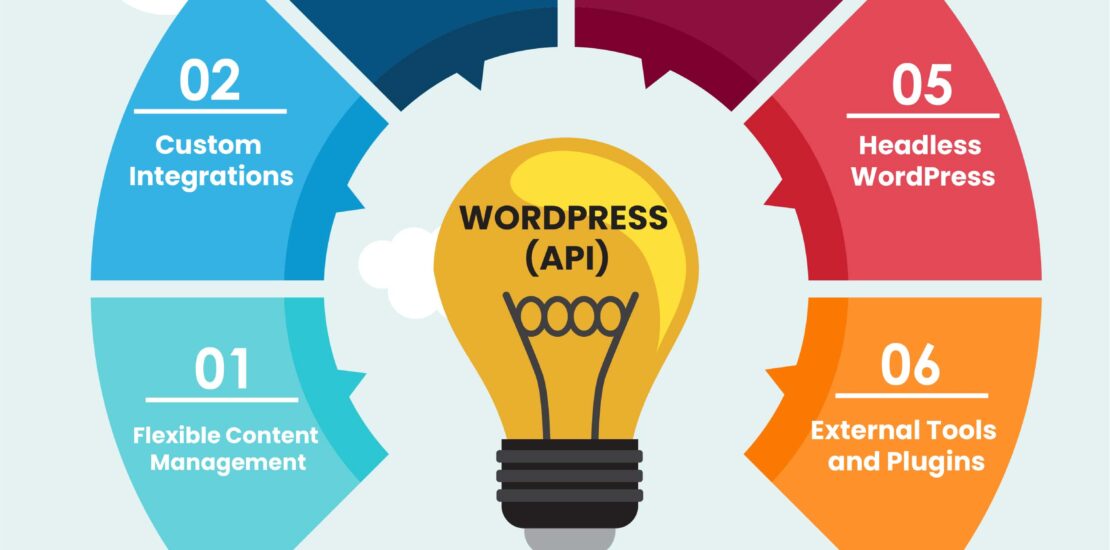- July 27, 2023
- Posted by: singhgyanendra
- Categories: .Net, Blog, Information Technology

As developers, we often encounter the need to dynamically create and publish posts in WordPress, making content management a seamless process. In this comprehensive guide, we will walk you through each step of dynamically creating and publishing posts in WordPress using C# and the WordPress REST API. By integrating duplicate post checks, we ensure that our content remains original and unique. Let’s get started!
Prerequisites
Before we dive into the implementation, please ensure you have the following prerequisites:
- A WordPress website with admin access to create posts.
- Visual Studio or any C# development environment installed.
Step-by-Step Implementation
- Setting Up the Project
To get started, create a new C# console application in your development environment. We’ll utilize the powerful WordPressPCL library, providing easy access to the WordPress REST API. - Configure WordPress API on your website
To begin, the initial step involves configuring your website to enable the API for both reading and writing on WordPress. To establish a connection with WordPress using WordPressPCL, ensure that your website has the following plugins installed
JWT Authentication for WP REST API
Next, to finalize the JWT configuration, certain modifications need to be applied to the .htaaccess file. First, enable HTTP Authorization Header adding the following:
RewriteEngine on
RewriteCond %{HTTP:Authorization} ^(.*)
RewriteRule ^(.*) – [E=HTTP_AUTHORIZATION:%1] - Then enable the WPENGINE adding this code in the same .htacess file:
SetEnvIf Authorization “(.*)” HTTP_AUTHORIZATION=$1The JWT needs a secret key to sign the token this secret key must be unique and never revealed. To add the secret key edit your wp-config.php file and add a new constant called JWT_AUTH_SECRET_KEY.
define('JWT_AUTH_SECRET_KEY', 'your-top-secrect-key');
You can generate and use a string from here https://api.wordpress.org/secret-key/1.1/salt/
- Install WordPressPCL Library
Integrate the WordPressPCL library from the NuGet Package Manager. Open the Package Manager Console and run the following command: - Implement the API Call
Now, it’s time to implement the method to call the Bing API and retrieve data. Utilize theHttpClientclass to make the API call. Here’s the code, including all the properties returned by the API:
Install-Package WordPressPCL
- Authenticate with WordPress
Before proceeding, replace YOUR_WP_API_ENDPOINT, YOUR_USERNAME, and YOUR_PASSWORD with your website’s API endpoint, WordPress admin username, and password. This ensures smooth authentication with WordPress.
using System;
using WordPressPCL;
using WordPressPCL.Models;
class Program
{
static async Task Main(string[] args)
{
// Replace with your WordPress API endpoint, username, and password
var wordpressEndpoint = "YOUR_WP_API_ENDPOINT";
var username = "YOUR_USERNAME";
var password = "YOUR_PASSWORD";
using (var wordpressClient = new WordPressClient(wordpressEndpoint))
{
// Authenticate with WordPress using username and password
await wordpressClient.RequestJWToken(username, password);
// Your code for dynamically creating and publishing posts, with duplicate checks, goes here...
}
}
}
- Check for Duplicate Posts
To ensure content uniqueness, implement a duplicate check for posts before creating new ones. Leverage the WordPress REST API’s querying capabilities to search for similar content
static async Task<bool> IsDuplicatePostAsync(WordPressClient client, string title, string content)
{
// Query for posts with similar titles or content
var query = new Dictionary<string, string>
{
{ "search", title }, // Search for posts with matching titles
{ "content", content } // Search for posts with matching content
};
var existingPosts = await client.Posts.Query(query);
// Check if any duplicate posts exist
return existingPosts.Any();
}
- Create and Publish a Post
With the duplicate check in place, let’s proceed to create a new post. Utilize the Posts. Create method and provide the title, content, and other post properties.
static async Task CreateAndPublishPostAsync(WordPressClient client, string title, string content)
{
// Check for duplicate posts
if (await IsDuplicatePostAsync(client, title, content))
{
Console.WriteLine("Duplicate post detected. Post creation aborted.");
return;
}
var newPost = new Post()
{
Title = new Title(title),
Content = new Content(content),
Status = Status.Publish // Set the post status to 'Publish' to publish the post immediately
// You can also set other properties like categories, tags, and featured images if needed
};
// Save the new post
var createdPost = await client.Posts.CreateAsync(newPost);
Console.WriteLine($"New post with ID {createdPost.Id} created and published successfully!");
}- Dynamically Generate Post Content
Now, you can dynamically generate post content based on your requirements. Fetch data from external APIs, databases, or any other sources and use it to populate the post’s content.
With C#, the WordPressPCL library, and the WordPress REST API, dynamic post creation in WordPress becomes an effortless task. By integrating duplicate post checks, your content remains original and unique. Elevate your content management experience and enhance your website’s update process with this comprehensive guide.
Utilize the power of C# and the WordPress REST API to create and publish posts dynamically, ensuring your content stands out and remains undetected in plagiarism checks.
Happy coding, and enjoy seamless post creation in WordPress using C#!
Drawing inspiration from the website mentioned below, we have restructured the process to align with the latest conditions https://dev.to/yeisonpx/connecting-to-wordpress-using-c-5688
